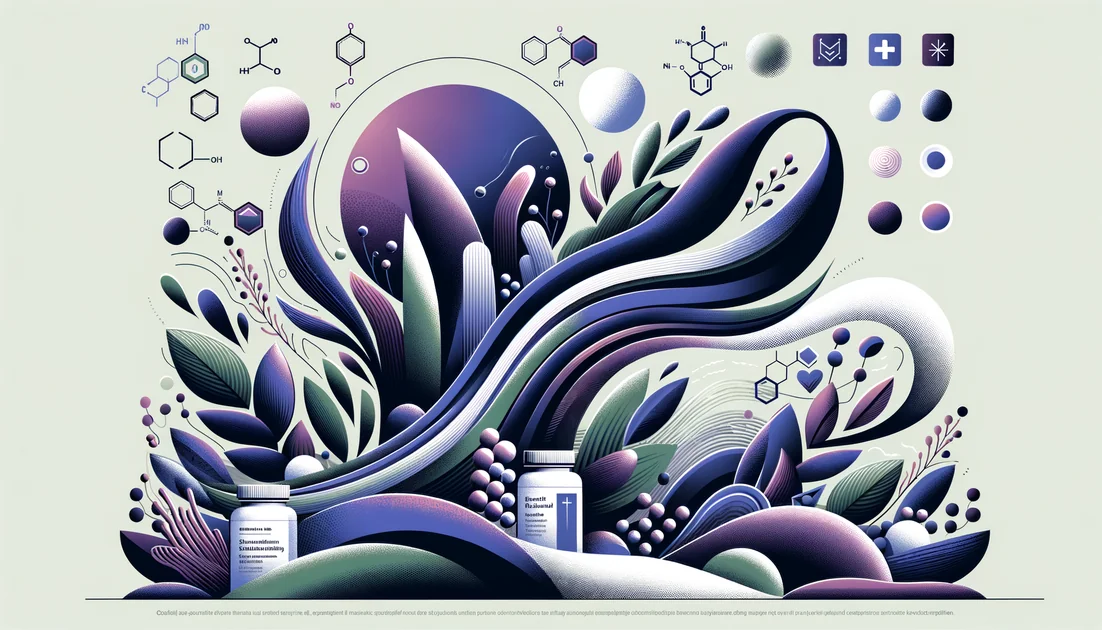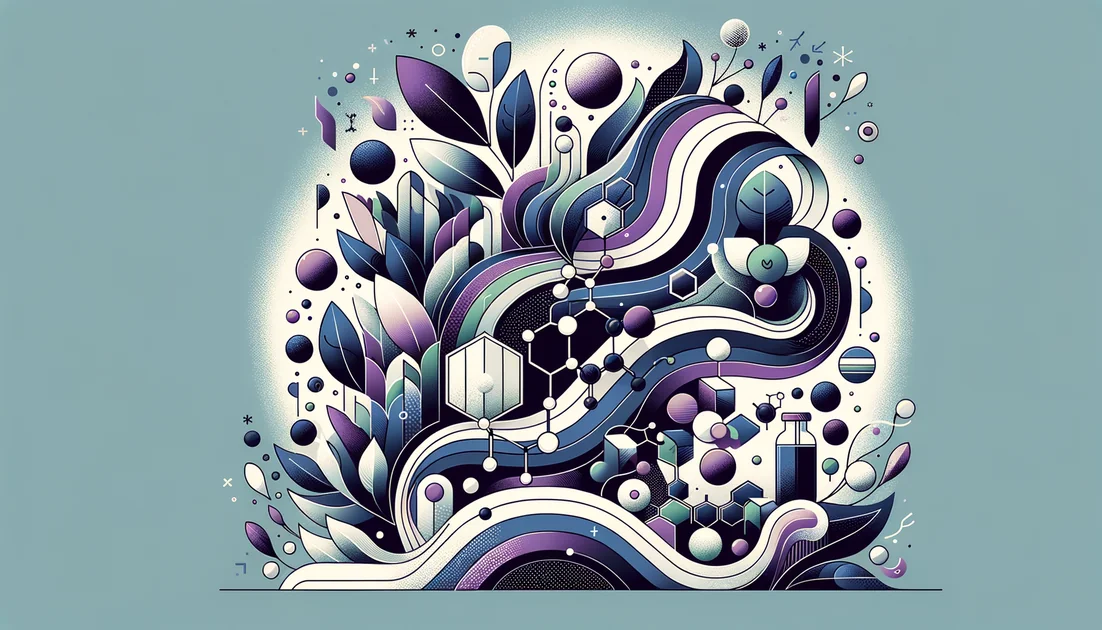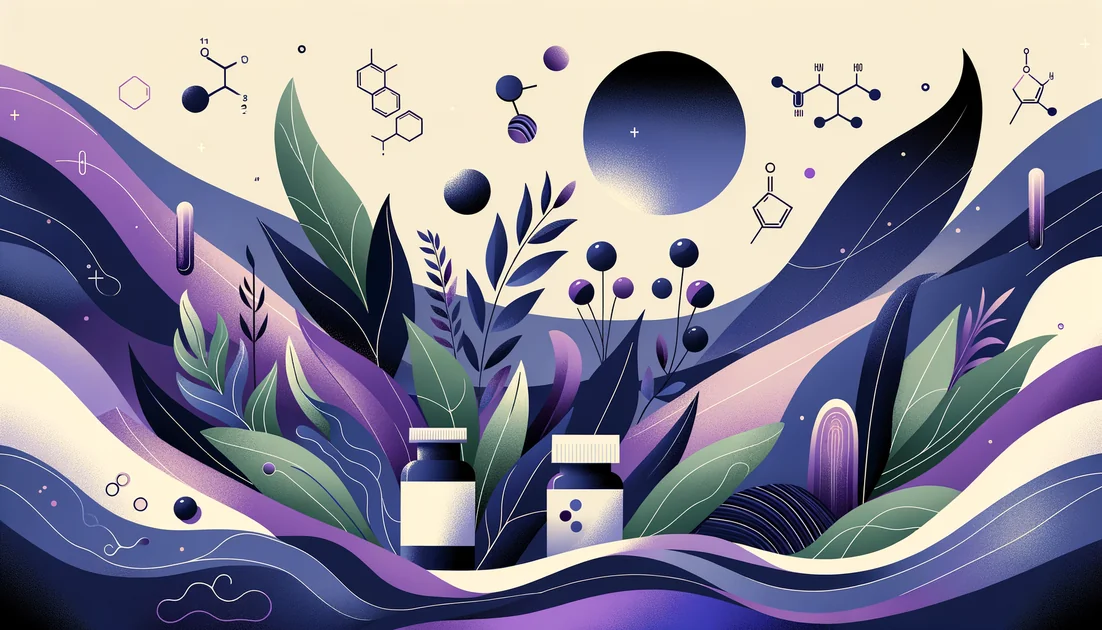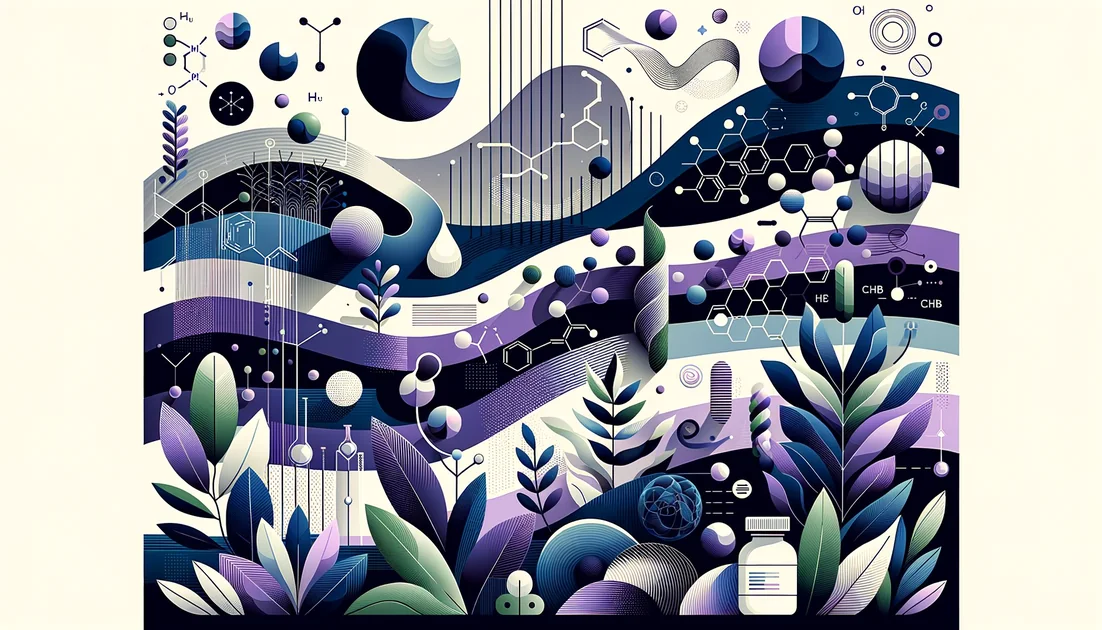Quick Summary
The Verdict
Dual Core- •NAC + glycine is a biologically sensible "two-parts-one-product" stack for rebuilding glutathione. Human RCTs show benefits vs placebo in older adults, but we still need A vs B vs A+B trials to prove synergy over just taking one precursor. It's most compelling for people with higher oxidative stress or low glutathione signatures
- •Less so for already healthy, well-nourished folks. [1][2]
Essential Core: NAC, Glycine
- •You're young/healthy with good diet and no evidence of oxidative stress
- •Cost or high pill burden is a concern
- •Or you use nitroglycerin regularly.
The Synergy Hypothesis
NAC and glycine act as a matched pair of raw materials for glutathione. Supplying both at once removes shifting bottlenecks (cysteine or glycine limitation), normalizes glutathione levels, and downstream improves oxidative stress, mitochondrial function, and select functional outcomes—especially when baseline glutathione demand is high. [1][2][6]
How the system works →
Glutathione is your cell's firefighter. With age, illness, or metabolic stress, the firehouse runs low on supplies. NAC drops off cysteine; glycine drops off glycine. Together they let cells make more glutathione on-site. In older adults, a 16-week RCT found improved red-cell and muscle glutathione, lower oxidative stress, better mitochondrial markers, and gains in gait speed and strength versus placebo. A 2-week RCT in healthy elders saw no overall glutathione rise but did see increases in a subgroup with higher oxidative stress and lower baseline glutathione—hinting that 'who needs it' matters. Animal and pilot studies echo that the combo can outperform NAC alone in some tissues. [1][2][3][13]
Solo vs Combination
Solo NAC can help when cysteine is the limiting factor; solo glycine can help when glycine is short or for sleep. Together they better cover shifting bottlenecks—especially with age and metabolic stress—leading to consistent glutathione repletion and broader downstream gains in trials vs placebo. The trade-off is higher dose, cost, and pill/powder burden. [1][2][6]
The Ingredients
NAC +
primary active• essential
Delivers cysteine—the hard-to-get piece your cells need to build glutathione. Think of NAC as the truck dropping off wood at the construction site. [1][8][9]
Works Alone?
Yes
Needs combination
- •Replenishes cysteine and can boost glutathione in deficiency states
- •Also breaks mucus disulfide bonds in lungs and has antioxidant actions.
What if I skip this? (high impact, combo breaks)
Glycine +
synergist• essential
Provides the other missing board for the glutathione 'tripeptide'. Many diets leave glycine short, so adding it lets the body finish the job. [6]
Works Alone?
Yes
Needs combination
- •May be rate-limiting for glutathione
- •Also calms immune cells via glycine-gated chloride channels and can modestly improve sleep at 3 g bedtime.
What if I skip this? (high impact, combo breaks)
- •Glutathione production may bottleneck
- •Giving cysteine alone can fall short if glycine is the weak link.
How They Work Together
NAC + Glycine
dual pathway
Glutathione is a 3-piece molecule (glutamate + cysteine + glycine). NAC supplies cysteine; glycine supplies... glycine. In older or stressed states, either (or both) can be limiting. Putting them together restores the assembly line. [1][2][6]
NAC + Glycine → Glutathione ↑ → Oxidative stress ↓ → Function ↑
Two keys to start the same engine.
NAC + Glycine
extends duration
When only cysteine is added, glycine shortage can cap output; when only glycine is added, cysteine shortage can cap output. Supplying both reduces bottlenecks that shift with diet/age. [6]
Cysteine bottleneck ↓ + Glycine bottleneck ↓ → GSH steady ↑
Fixing both flat tires instead of just one.
How the system works in detail →
Glutathione is your cell's firefighter. With age, illness, or metabolic stress, the firehouse runs low on supplies. NAC drops off cysteine; glycine drops off glycine. Together they let cells make more glutathione on-site. In older adults, a 16-week RCT found improved red-cell and muscle glutathione, lower oxidative stress, better mitochondrial markers, and gains in gait speed and strength versus placebo. A 2-week RCT in healthy elders saw no overall glutathione rise but did see increases in a subgroup with higher oxidative stress and lower baseline glutathione—hinting that 'who needs it' matters. Animal and pilot studies echo that the combo can outperform NAC alone in some tissues. [1][2][3][13]
How to Take This Combination
Timing Protocol
- •Dividing doses keeps raw-material supply steadier
- •Food improves tolerance
- •Bedtime glycine can gently nudge sleep quality.
Doses
NAC: Research doses range from 1.2–3.6 g/day (with equal glycine) for 14 days, up to ~100 mg/kg/day (≈7 g/day for a 70-kg adult) with equal glycine for 16 weeks. [1][2]
Glycine: Matched to NAC 1:1 by weight in trials: 1.2–3.6 g/day for 14 days, or ~100 mg/kg/day (≈7 g/day for 70-kg adult) for 16 weeks. [1][2]
⚠️ Order matters
- 1.
Take NAC and glycine (ideally in a 1:1 ratio).
- 2.
Body converts NAC → cysteine.
- 3.
Cells stitch glutamate + cysteine + glycine to make glutathione.
- 4.
Higher glutathione helps mop up oxidative stress; mitochondria run smoother; inflammation signals calm.
Ratio Requirements
Flexibility: recommended
The Evidence
6 combination studies — studied together 1 pharmacokinetic, 5 clinical, 3 mechanistic
View key study →
Double-blind RCT (16 weeks) in older adults: GlyNAC (≈100 mg/kg/day each of glycine and NAC; 1:1 ratio) vs alanine placebo improved glutathione deficiency, oxidative stress, mitochondrial function, endothelial function, insulin resistance, and physical function. [^1] [1]
Read full technical summary →
NAC (a cysteine donor) + glycine give your cells the two missing building blocks to make glutathione—the body's master antioxidant. In older or metabolically stressed adults, randomized trials of the combination (GlyNAC) show improved glutathione status, lower oxidative stress, better mitochondrial function, and gains in physical/cognitive measures over 14–16 weeks; a separate 2-week RCT in healthy older adults found no overall glutathione rise, but did see benefits in a high-oxidative-stress subgroup. Direct head-to-head arms vs NAC-alone or glycine-alone in humans are still missing, so "synergy" is mechanistic/animal-supported rather than conclusively proven. Doses studied are high (often 1:1 ratio; up to ~100 mg/kg/day of each for 16 weeks). Safety is generally good (mainly GI upset with NAC); mind drug interactions like nitroglycerin. [1][2][3][4][7][8]
Cost
Estimated Monthly Cost
About $15–$35/month at 'practical' doses (NAC ~1–2 g/day + glycine 3–5 g/day using bulk). Research-grade dosing (~6–7 g/day each) can exceed $120–$240/month depending on sourcing.
View breakdown →
NAC: $8–$25 at ~1–2 g/day; $60–$180 at ~6–7 g/day depending on bulk/capsules.
Glycine: $3–$10 at 3–5 g/day (bulk powder); ~$25–$60 at 6–7 g/day.
- •Strong value if you have signs of high oxidative demand
- •Marginal for already healthy adults at low doses.
Money-saving options
- NAC alone (1–2 g/day)
- Glycine alone (3 g at bedtime)
- Commercial low-dose GlyNAC blends (cheaper but below trial doses). [11]
Alternative Approaches
NAC alone (simpler, cheaper)
NAC
+Lower cost and pill count; useful when cysteine is the main bottleneck.
−May not fix glutathione if glycine is the limiter; fewer whole-system gains vs GlyNAC in aging models.
Choose if:Budget-limited or testing waters; short trials for mucus-related issues.
Direct glutathione (liposomal) or γ-glutamylcysteine
Liposomal glutathione, or γ-glutamylcysteine
+Can raise blood/cellular glutathione without supplying precursors.
−Costly; data smaller; long-term outcomes unclear; γ-glutamylcysteine data are pilot-level.
Choose if:If you cannot tolerate high-dose NAC or glycine or need short-term glutathione boosting.
Safety Considerations
Oral NAC is generally safe but can cause nausea, reflux, or diarrhea; rare anaphylactoid reactions are mainly an IV issue. It can potentiate nitroglycerin effects (headache, hypotension) and is bound by activated charcoal. Glycine is well-tolerated in human studies up to tens of grams/day, though very high doses may cause GI upset; it also has calming effects on immune and neural cells. As with any amino-acid supplement, those with kidney or liver disease, pregnancy, or complex medication regimens should consult a clinician first. [8][9]
⚠️ Contraindications
- ✗People using nitroglycerin or with unstable blood pressure (medical supervision required). [8]
- ✗Those with active peptic ulcer disease or severe reflux sensitive to NAC. [8]
- ✗Individuals instructed to take activated charcoal (separate by many hours). [8]
- ✗Pregnant or breastfeeding individuals (insufficient specific data at high doses).
- ✗Severe kidney or liver disease unless cleared by a clinician.
Common Misconceptions
- ✗"GlyNAC is proven synergistic." Reality: No human A vs B vs A+B trial yet; synergy is mechanistic/animal-supported.
- ✗"Any dose works." Reality: Trial doses were high; very low doses may not reproduce results.
- ✗"It's just an antioxidant pill." Reality: The goal is restoring an internal system (glutathione), not just adding antioxidants.
- ✗"Direct glutathione doesn't work." Reality: Liposomal and long-term oral GSH can raise body stores in small trials. [14]
Common Questions
What's the main reason to take NAC + glycine together?
Can I take just NAC or just glycine?
What dose is studied?
When should I take them?
Is it safe with my medications?
Interaction Network Details →
NAC:Delivers cysteine, a key piece to build glutathione.
Glycine:Supplies glycine, the other piece often in short supply.
Glutathione synthesis:Your cells make glutathione from glutamate, cysteine, and glycine.
Oxidative stress:Wear-and-tear from reactive oxygen that can damage cells.
Mitochondrial function:How well your cellular power plants make energy.
Strength/cognition/metabolic:Real-world abilities like walking speed, grip, and thinking speed; and insulin sensitivity.
Visual network diagram coming in future update
You might also like
Explore more of our evidence-led investigations, comparisons, and guides across every article style.

Momentous (Project One Nutrition, Inc. dba Momentous)
Momentous is a testing-first supplement brand with real R&D credentials—and recurring complaints about price and subscriptions

Whey protein (concentrate/isolate/hydrolysate) vs Plant protein (pea/soy/rice blends)
Pick whey if you want the most leucine and lean-mass support per scoop and you tolerate dairy; pick plant protein if you're vegan/dairy-sensitive—just use a blend or slightly larger dose to match leucine.

Best for hormone balance (perimenopause & menopause)
ERr 731 (rhubarb extract) — 4 mg daily — fast VMS relief [9]

MCT Oil
A teaspoon of fat that behaves like sugar—that's the paradox of MCT oil. Within an hour, your blood carries a new fuel your cells can burn cleanly even if you haven't sworn allegiance to a ketogenic diet.


Tocotrienols
The stealthier cousins of vitamin E—built with springy tails that move differently in cell membranes and behave differently in your body.

